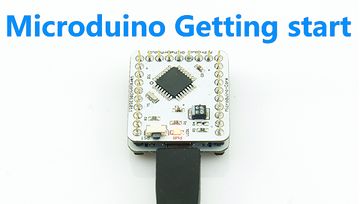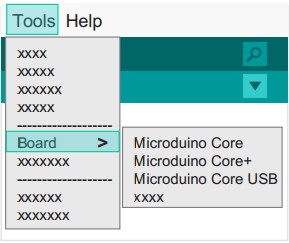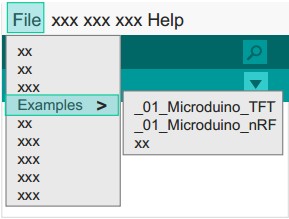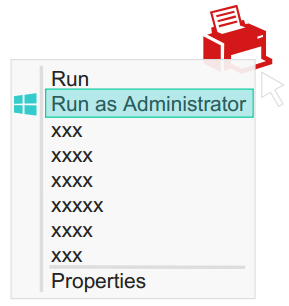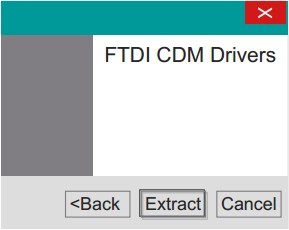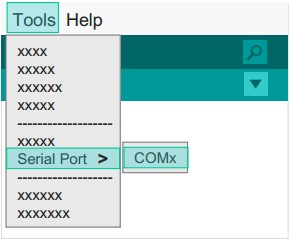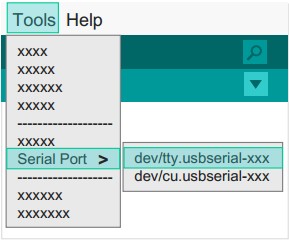“AVR Core: Getting Started”的版本间的差异
| 第7行: | 第7行: | ||
| − | ==Step 1: Arduino IDE Download== | + | ==Step 1: Arduino IDE Download and Installation== |
'''*Arduino compatible, first install the basic IDE''' | '''*Arduino compatible, first install the basic IDE''' | ||
| − | + | Download the Microduino IDE (based on a modified version Arduino1.0x): | |
| − | + | *[https://github.com/wasdpkj/Microduino-IDE-win/archive/master.zip Windows] | |
| − | + | *[https://github.com/wasdpkj/Microduino-IDE-mac/archive/master.zip Macs] | |
| + | <br> | ||
| + | '''Windows:''' | ||
| + | <br> | ||
| + | 1. Extract all the contents into a separate folder. <br> | ||
| + | 2. Double click the new folder. Then, follow the path: Microduino-IDE-win-master/arduino-1.0.6-windows/arduino <br> | ||
| + | 3. You can create a shortcut for easy access. | ||
| + | <br><br> | ||
| + | '''Macs:''' <br> | ||
| + | 1. | ||
*We have Microduino compatible hardware support packages and libraries integrated in the IDE. The next step will be to verify that it is installed correctly | *We have Microduino compatible hardware support packages and libraries integrated in the IDE. The next step will be to verify that it is installed correctly | ||
| 第71行: | 第80行: | ||
'''Windows'''<br> | '''Windows'''<br> | ||
*Automatic installation | *Automatic installation | ||
| − | :1. | + | :1. Extract all the contents into a separate folder. |
| − | :2. Run "CDM XX WHQL Certified.exe" as administrator. | + | :2. Double click the new folder. Then, follow the path: Microduino-Drivers-master/Windows/For USBTTL/ |
| − | : | + | :3. Run "CDM XX WHQL Certified.exe" as administrator. |
| + | :4. Follow the prompts to complete the installation. | ||
*Manual installation | *Manual installation | ||
:1. Advanced users may choose to install manually: | :1. Advanced users may choose to install manually: | ||
| 第85行: | 第95行: | ||
|- | |- | ||
| | | | ||
| − | ''' | + | '''Macs''' |
:1. Unzip get"\Mac.os"Folder Contents | :1. Unzip get"\Mac.os"Folder Contents | ||
:2. Run "FTDIUSBSerialDriver_X_X" | :2. Run "FTDIUSBSerialDriver_X_X" | ||
2015年7月12日 (日) 03:39的版本
| Language | English |
|---|
|
目录Step 1: Arduino IDE Download and Installation*Arduino compatible, first install the basic IDE
Step 2: Verify IDE
Step 3: Installing DriversAfter the IDE is configured, install the drivers
Note: If there is damage or missing signature file when prompted, you need to disable the digital signature system installation in windows 8。 1.Turn off the check. 2.Hold the shift key while clicking on Restart. 3.Select Troubleshoot > Advanced Options > Startup Settings > Restart. 4.After Restart select option 7. Step 4: Connecting Hardware
Appendix |
